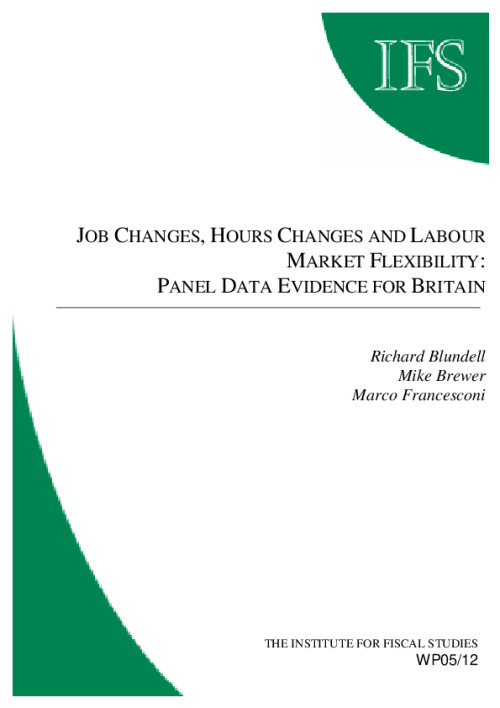This study uses the first twelve waves of the British Household Panel Survey covering the period 1991-2002 to investigate the extent of constraints on desired hours of work within jobs and the degree of flexibility of the labour market for a sample of women. Our main findings are as follows. First, the largest movements in hours worked are observed for workers who change their jobs. Second, about 40 percent of the women in the sample are not putting in the hours they would like. Most of them (mainly full-timers) would like to work fewer hours at the prevailing hourly wage. Again, women who change job experience the greatest hours changes, especially if they are over- or under-employed. Third, there is evidence of hours constraints. The hours movements among quitters are up to 5 hours greater than the movements among stayers. Fourth, we do not detect systematic time trends in the relationship between hours changes and job changes. But there is some evidence that overemployed women find it increasingly more difficult to move towards their desired hours even after changing job. Fifth, the evidence on a flexible labour market is mixed. We find only partial support for the hypothesis that overemployed or underemployed quitters receive compensating wage differentials if the new job does not satisfy their hours preferences, as well as for the hypothesis that quitters get a wage premium when they end up moving to jobs that constraint their desired hours.












